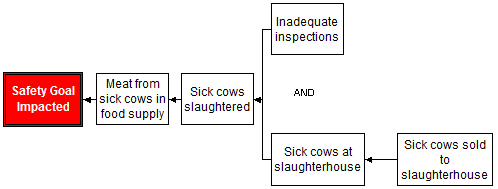Unfortunately, an investigation into a deadly construction accident is currently underway in New York City. On Saturday March 15, a 19 story crane collapsed. Four construction workers were killed and 18 others were injured. Emergency workers are still sorting through the rubble in an attempt to find any remaining survivors. The crane was being used at a high-rise construction site and was attached to the side of a skyscraper. Details as to why the crane fell are still vague, but eye witnesses report that a piece of steel fell and severed at least one tie that held the crane onto the building. Once the connection between the crane and the building was weakened, the crane toppled and split into two pieces. As it fell, the crane smashed a 4 story townhouse and damaged parts of 3 other buildings.
What made the crane fall? Part of doing a root cause analysis is sorting the pertinent facts from all the information that is available. Is it relevant that neighbors had complained that the construction crews were working illegal hours and it seemed like the building was going up too quickly? City officials had issued 13 violations to the construction project, which at first glance seems like a red flag indicating a lack of attention to safety. But Mayor Bloomberg has said that this is a normal number of violations for a project this size. Additionally, the crane had been inspected on the day before the accident and no violations were issued. Did something change in 24 hours or was the inspection inadequate? At the time the crane fell, it was being raised to enable work to begin on the next floor of the building. Did this contribute to the accident? Where did the piece of steel come from that supposedly fell? At this point in the investigation there are more questions than answers.

There are many facts and theories that surface in the wake of any accident, and part of doing a root cause analysis is determining which are actually relevant. This is a process that is much easier said than done. The push to provide answers quickly can add to the pressure to produce a “cause” for the accident. But as anyone familiar with the concept of root cause analysis knows, there isn’t a single “cause”, there are many causes that contributed to the accident. The best approach is to record all possible causes and continue to gather evidence until you can eliminate all the noise and are left with the true causes. Then the work of creating solutions that address the causes can begin.


